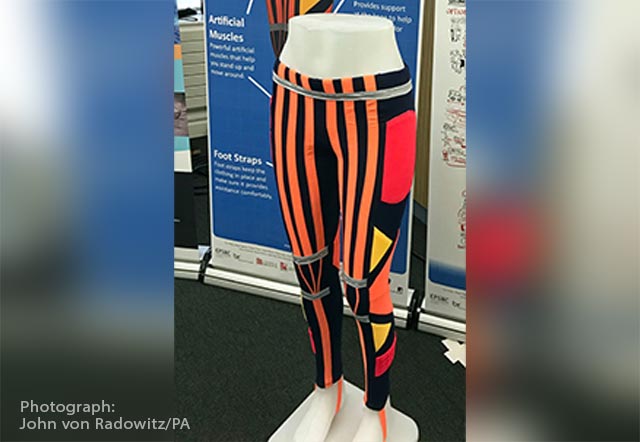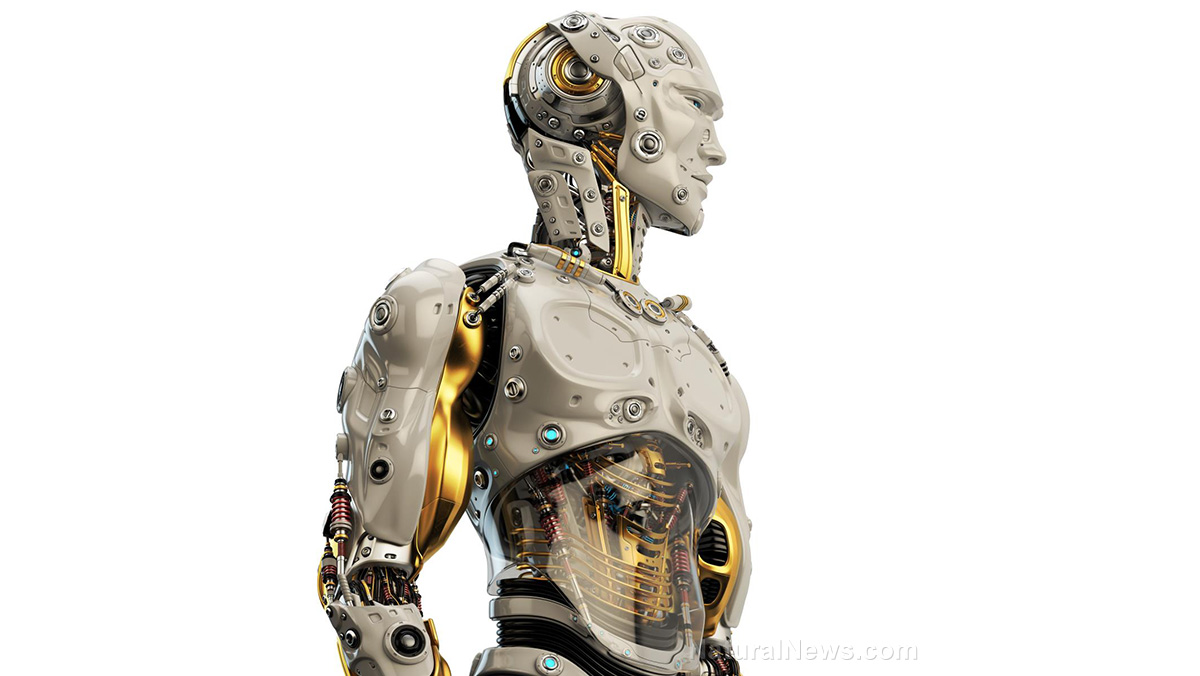
The smart pants were designed by British researchers who got the idea from the short film The Wrong Trousers. In that movie, the titular robotic trousers get the protagonists into serious trouble because the villain is controlling it remotely.
The wearable electronics will not be able to walk on their own like the one in the Wallace and Gromit movie. It will also not be capable of being remotely controlled by a supervillain.
What it can do is strengthen the legs of its wearer. It also helps support the weight of the wearer's body. (Related: Scientists develop an artificial muscle from carbon fiber capable of lifting 12,600x its own weight.)
Smart pants touted as assistance and rehabilitative devices
University of Bristol (UB) researcher Jonathan Rossiter is the head of The Right Trousers project. He debuted the smart pants at the recent British Science Festival.
Rossiter believes that wearable technologies could help users overcome problems related to their mobility. Devices like the smart pants could also be used in physical rehabilitation therapy.
The artificial muscles invented by his team feature bubbles that make them very light. When worn as pants, they could support a person as he stands up or picks up heavy objects.
One advantage of smart pants and similar wearable technologies is that their users are still using their own muscles. The artificial muscles are merely assisting them instead of performing the job.
"We certainly don’t want people to get weaker," said Rossiter. "We want a balance between assistance and a rehabilitative device."
Smart pants, wearable pads, and responsive knee braces
The smart pants work by keeping track of the muscle activity of the limbs. It is not controlled by the brain of the user, although the researchers hinted that a future version could have such a feature.
Rossiter's team is also working on other wearable technologies. One example is a pad that can penetrate the skin and work the muscles. Another is a smart knee brace that responds to the temperature of the joint.
Physical activity changes the temperature of muscles. If a person is standing still, his muscles will be cooler. If he is actively moving, his muscles will grow increasingly hot.
The smart knee brace can detect these shifts in muscle temperature. When it senses the muscles are cool, the graphene device will increase its stiffness. The stiffer brace can then support the knee of the stationary person. Once the person starts moving, the rising temperatures will soften the material of the knee brace, allowing easier movement.
"With an [aging] population, we want to be able to maintain people’s mobility for as long as possible," Rossiter added.
Maintaining mobility for disabled people through smart clothing
A focus group provided the UB team with critical data for creating pants that combine practicality with ease of wearing and removal. One version has a button that causes the pants to drop down. This ability makes it easier for disabled people to remove the pants so that they can use the toilet.
While the smart pants are still undergoing development, many of their parts are ready for testing. The UB-developed bubble artificial muscles could be used in other wearable devices that assist the elderly, disabled persons, and recovering stroke victims in moving around their homes and outdoors.
If you want to read more about the latest wearable technology, check out Robotics.news.
Sources include:
Please contact us for more information.






















